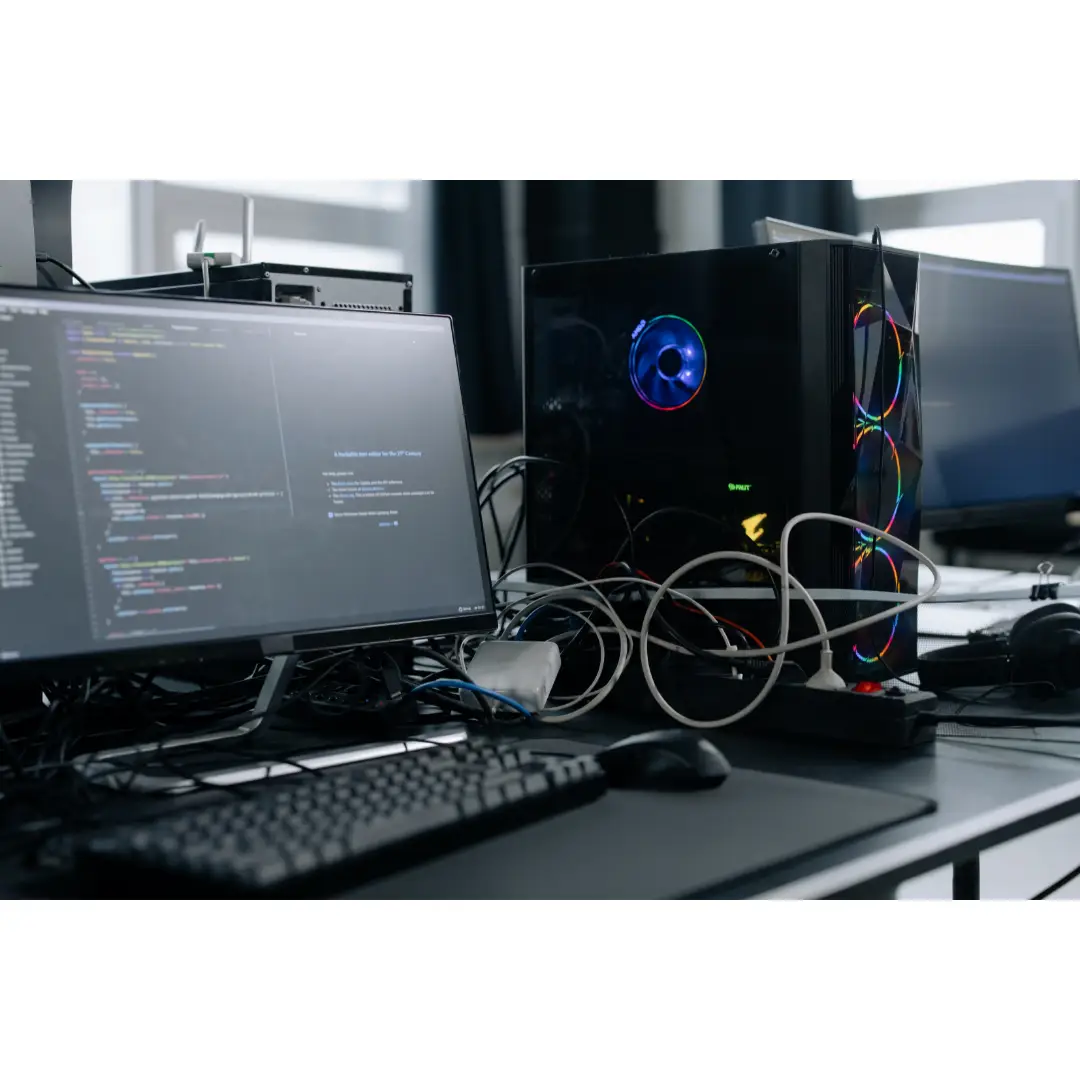In the digital age, businesses in the Greater Toronto Area (GTA) face a myriad of cyber threats that can wreak havoc on their operations, finances, and reputation. From small startups to large enterprises, no organization is immune to the risks posed by cybercriminals who are constantly evolving their tactics to exploit vulnerabilities and gain unauthorized access to sensitive data. In this article, we’ll explore some of the most common cyber attacks targeting businesses in the GTA and discuss strategies to mitigate these risks effectively.
1. Phishing Attacks
Phishing attacks remain one of the most prevalent and insidious threats facing businesses in the GTA. In a phishing attack, cybercriminals impersonate legitimate entities through email, text messages, or social media to deceive employees into divulging sensitive information such as login credentials, financial data, or personal information. These attacks can lead to identity theft, financial fraud, and unauthorized access to corporate networks.
2. Ransomware
Ransomware attacks have become increasingly prevalent in recent years, posing a significant threat to businesses of all sizes in the GTA. In a ransomware attack, cybercriminals deploy malicious software to encrypt files and data on a victim’s computer systems, rendering them inaccessible. The attackers then demand a ransom payment, typically in cryptocurrency, in exchange for decrypting the data. Ransomware attacks can cause severe disruption to business operations and result in significant financial losses if not promptly addressed.
3. DDoS (Distributed Denial of Service) Attacks
DDoS attacks are designed to overwhelm a target’s network or website with a flood of malicious traffic, rendering it inaccessible to legitimate users. These attacks can disrupt online services, causing downtime, loss of revenue, and damage to the organization’s reputation. Businesses in the GTA are increasingly being targeted by DDoS attacks, highlighting the importance of robust cybersecurity measures to mitigate these risks effectively.
4. Insider Threats
While external cyber attacks often dominate headlines, insider threats pose a significant risk to businesses in the GTA as well. Insider threats can come from current or former employees, contractors, or business partners who have authorized access to sensitive data and systems. These individuals may intentionally or unintentionally misuse their privileges to steal data, sabotage systems, or compromise security, posing a serious threat to the organization’s confidentiality, integrity, and availability of data.
5. Credential Stuffing
Credential stuffing attacks involve cybercriminals using automated tools to systematically test stolen or leaked login credentials (such as usernames and passwords) across multiple websites and online services. Many individuals reuse the same credentials across different accounts, making them vulnerable to credential stuffing attacks. Once cybercriminals gain access to an account, they can exploit it for various malicious purposes, including identity theft, fraud, and unauthorized access to sensitive data.
Mitigating Cyber Risks for Businesses
To mitigate the risks posed by these common cyber attacks, businesses in the GTA must adopt a multi-layered approach to cybersecurity. This includes implementing robust security measures such as:
1. Employee Training and Awareness
Educating employees about the dangers of phishing attacks and providing regular training on cybersecurity best practices can help mitigate the risk of falling victim to social engineering tactics.
2. Secure Authentication Methods
Implementing multi-factor authentication (MFA) and strong password policies can help prevent unauthorized access to systems and data, making it harder for cybercriminals to exploit stolen credentials.
3. Security Software and Cybersecurity Solutions
Deploying advanced cybersecurity solutions such as firewalls, antivirus software, intrusion detection systems, and encryption tools can help detect and mitigate various cyber threats, including malware, ransomware, and DDoS attacks.
4. Regular Security Audits and Updates
Conducting regular security audits and patching vulnerabilities promptly can help identify and address weaknesses in the organization’s IT infrastructure before they can be exploited by cybercriminals.
5. Insider Threat Detection and Monitoring
Implementing monitoring tools and access controls can help detect and mitigate insider threats by identifying suspicious behavior and unauthorized access to sensitive data.

